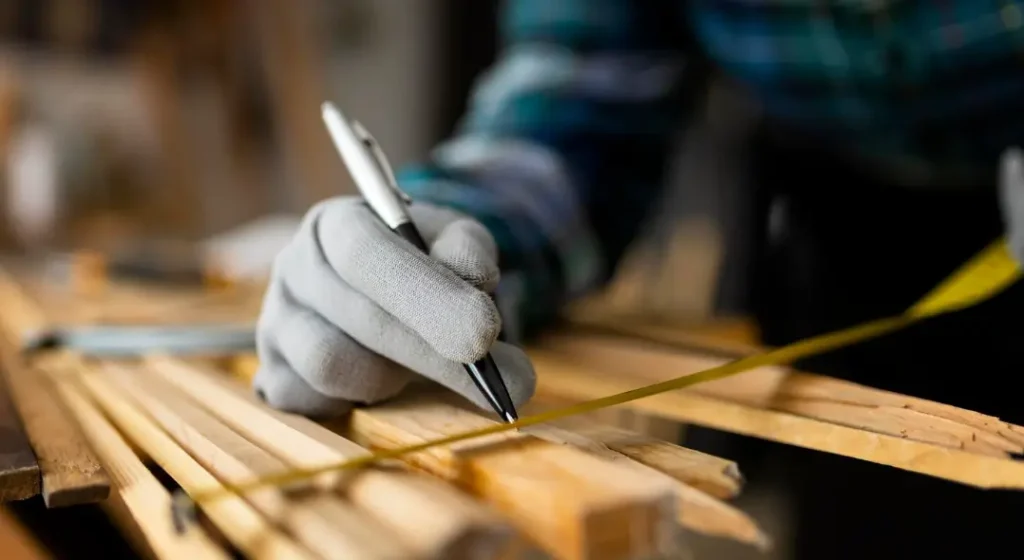Understanding the complete siding installation process helps homeowners prepare for their renovation journey while setting realistic expectations for timelines, procedures, and outcomes. Professional siding installation projects follow systematic approaches that ensure quality results, code compliance, and long-term performance through careful planning and execution.
Initial Consultation & Project Assessment
Professional siding installation begins with comprehensive property evaluation to assess existing conditions, identify potential challenges, and determine project scope. Experienced contractors examine current siding condition, structural integrity, insulation needs, and moisture management requirements that affect installation planning and material selection.
Design consultation during siding installation planning helps homeowners select appropriate materials, colors, and architectural details that complement their home’s style and personal preferences. Professional contractors provide material samples, color options, and style recommendations based on architectural compatibility and climate considerations.
Measurement and estimation processes establish accurate project scope and pricing for siding installation work. Professional contractors conduct detailed measurements, calculate material requirements, and identify any additional work needed such as trim replacement, insulation upgrades, or structural repairs that affect overall project costs.
Permit Acquisition & Regulatory Compliance
Building permit applications represent essential early steps in professional siding installation projects that ensure compliance with local building codes and zoning requirements. Experienced contractors handle permit paperwork, submit required documentation, and coordinate with building officials to obtain necessary approvals before work begins.
Code research and compliance planning ensure siding installation projects meet current building standards for fire resistance, wind load requirements, and energy efficiency. Professional contractors understand local requirements and design installations that pass inspections while providing optimal performance and safety.
Homeowner association approval may be required for siding installation projects in communities with architectural review boards. Professional contractors assist with application preparation, provide material specifications, and coordinate with review committees to obtain necessary approvals before construction begins.
Material Selection & Procurement
Product research and specification help homeowners make informed decisions about siding installation materials based on performance requirements, aesthetic preferences, and budget considerations. Professional contractors explain advantages and limitations of different materials while recommending options appropriate for specific applications and climates.
Quality verification ensures siding installation projects use materials that meet manufacturer specifications and warranty requirements. Professional contractors source materials from reputable suppliers, verify product authenticity, and inspect deliveries to ensure quality standards before installation begins.
Delivery coordination and storage planning protect materials during siding installation projects while ensuring efficient workflow and site organization. Professional contractors schedule deliveries to coincide with installation phases while providing secure, weather-protected storage that maintains material quality throughout construction.
Site Preparation & Protection
Property protection measures during siding installation projects include landscaping coverage, window protection, and walkway safeguarding that prevents damage to existing features. Professional contractors install temporary barriers, protective coverings, and warning signs that maintain safety while protecting property values.
Existing siding removal requires careful planning and execution to minimize disruption while preparing surfaces for new installation. Professional contractors use appropriate tools and techniques that protect underlying structures while efficiently removing old materials and disposing of debris responsibly.
Surface preparation for siding installation includes cleaning, repair, and priming of substrates to ensure proper adhesion and performance. Professional contractors address any structural issues, install necessary flashing, and prepare surfaces according to manufacturer specifications for optimal installation results.
Structural Assessment & Repairs
Foundation and framing inspection during siding installation identifies any structural issues that require attention before new materials are installed. Professional contractors assess load-bearing capacity, identify moisture damage, and recommend necessary repairs that ensure long-term installation performance and building integrity.
Moisture barrier installation represents a critical phase of professional siding installation that prevents water intrusion and maintains energy efficiency. Contractors install appropriate vapor barriers, house wrap, and flashing systems according to building codes and manufacturer specifications for optimal moisture management.
Insulation evaluation and upgrades often accompany siding installation projects as opportunities to improve energy efficiency and comfort. Professional contractors assess existing insulation performance and recommend upgrades that provide better thermal protection and reduced utility costs.
Installation Process & Quality Control
Starting point establishment ensures siding installation proceeds systematically with proper alignment and consistent appearance. Professional contractors establish level lines, corner references, and measurement points that guide installation while maintaining architectural accuracy and visual appeal throughout the project.
Sequential installation procedures follow manufacturer guidelines and industry best practices that ensure proper overlap, fastening, and sealing for siding installation projects. Professional contractors maintain consistent spacing, alignment, and attachment methods that provide optimal performance and appearance.
Quality checkpoints throughout siding installation allow contractors to identify and address any issues before they become problems. Regular inspections ensure proper installation techniques, material quality, and code compliance while maintaining project momentum and customer satisfaction.
Trim & Finishing Work
Window and door trim installation requires precision and attention to detail that ensures weather resistance and aesthetic appeal during siding installation projects. Professional contractors install appropriate flashing, caulking, and trim pieces that provide seamless integration with new siding materials.
Corner treatment and architectural details represent important finishing elements in siding installation projects that affect both appearance and performance. Professional contractors install corner boards, decorative elements, and trim pieces that complement siding materials while providing necessary weather protection.
Caulking and sealing work during siding installation ensures weather resistance and energy efficiency through proper material application and technique. Professional contractors use appropriate sealants for different applications while maintaining clean, professional appearances that enhance overall project quality.
Inspection & Approval Processes
Building inspection scheduling coordinates with local officials to verify siding installation compliance with permitted plans and building codes. Professional contractors arrange inspections at appropriate project phases while ensuring work meets standards before proceeding to subsequent phases.
Manufacturer inspection may be required for warranty validation on certain siding installation projects. Professional contractors coordinate with manufacturer representatives to document proper installation procedures and maintain warranty coverage for homeowners.
Final walkthrough and client approval represent important completion milestones for siding installation projects. Professional contractors review all work with homeowners, address any concerns, and provide maintenance information and warranty documentation for long-term protection.
Cleanup & Project Completion
Site cleanup during siding installation includes debris removal, material disposal, and property restoration that returns sites to pre-construction conditions. Professional contractors handle all waste disposal responsibly while protecting landscaping and restoring any areas affected by construction activities.
Final cleaning and detailing ensure siding installation projects are completed to professional standards with attention to all finishing touches. Contractors remove construction residue, clean new materials, and ensure all details meet quality expectations before final project handover.
Documentation and warranty provision conclude siding installation projects with complete records of materials used, installation procedures, and warranty coverage. Professional contractors provide homeowners with comprehensive documentation that supports future maintenance needs and warranty claims.
Post-Installation Support & Maintenance
Follow-up service and warranty support demonstrate professional contractors’ commitment to long-term customer satisfaction beyond siding installation completion. Quality contractors remain available for warranty work, maintenance guidance, and future renovation needs while building lasting client relationships.
Maintenance education helps homeowners understand proper care procedures that preserve siding installation investments and maintain warranty coverage. Professional contractors provide cleaning instructions, inspection recommendations, and maintenance schedules that ensure optimal long-term performance.
The complete lifecycle of professional siding installation projects involves systematic planning, quality execution, and ongoing support that ensures successful outcomes and long-term customer satisfaction. Understanding these phases helps homeowners prepare for their renovation experience while appreciating the expertise and coordination required for quality results.

